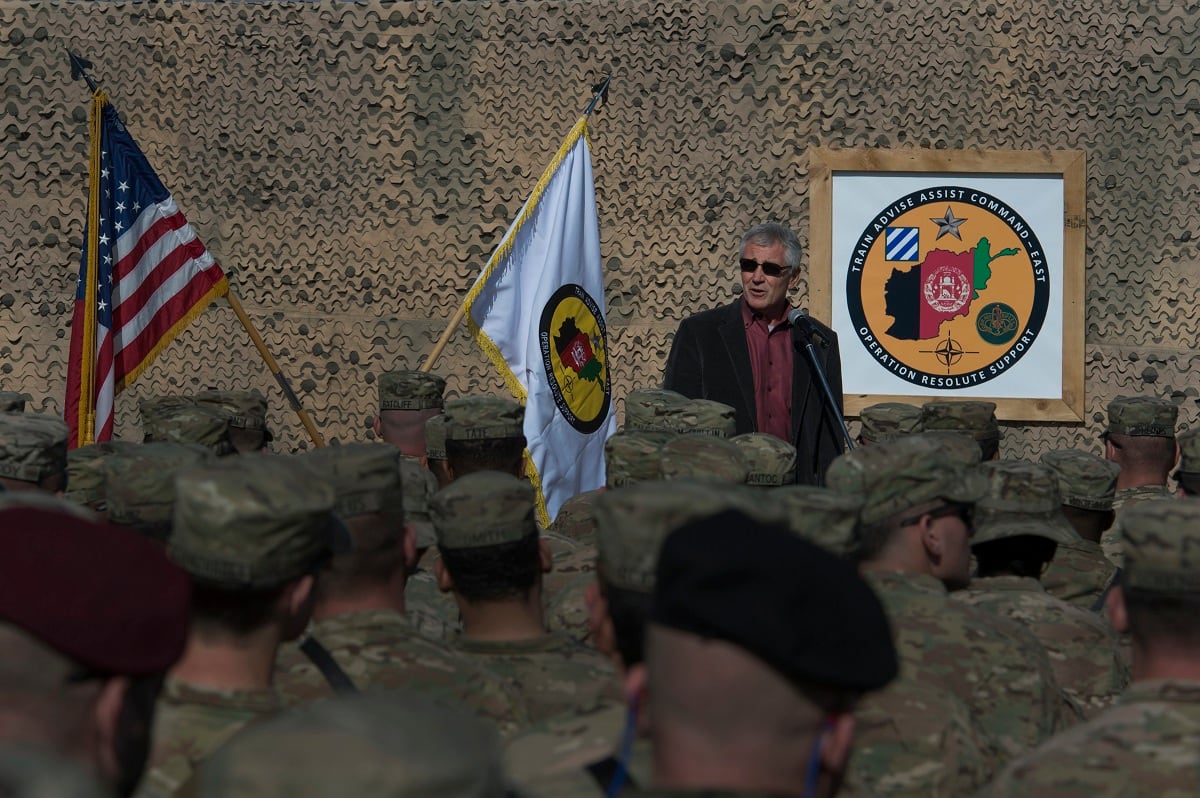ROME – As the fight against ISIS in Syria continues, the U.S. backed Syrian Defense Force is finding itself confronting what to do with an increasing number of captured foreign fighters.
The issue is magnified by the reluctance from many countries to accept back captured nationals who left to fight besides ISIS, leaving those captured in a legal limbo – and increasingly crowded facilities.
It’s an issue U.S. Secretary of Defense Jim Mattis will address during a meeting of the counter-ISIS coalition in Rome on Tuesday, but one without a clear solution at hand.
Speaking to reporters travelling with Mattis, Katie Wheelbarger, principal deputy assistant secretary for international security affairs, said the U.S. is “working with the coalition on foreign-fighter detainees and generally expect these detainees to return to their country of origin for disposition.”
But she acknowledged that issue requires a “whole of government solution” from the various home nations, bringing in their justice systems and interior ministries to “try to find a country by country ability to keep these folks both off the battlefield and out of our cities.”
That is part of Mattis’ message this week – that the other defense ministers from the counter-ISIS mission are communicating to their legal counterparts that solutions need to be found to the issue.
RELATED

The question of what happens to foreign fighters captured in Syria has gained extra scrutiny in recent days following the capture of two U.K. nationals, part of a foursome known as “the Beatles of ISIS.” British officials have raised concerns about bringing them back for trial.
A U.S. official said that the possibility of moving the two to Guantanamo Bay is not being considered.

While the home countries of these fighter work to find a solution, the jailing facilities are becoming packed with prisoners, including thousands of captured ISIS fighters who are Syrian nationals.
“There are certain days we’re seeing 40-50 a day being captured. So the capacity problem is real. I haven’t heard from the SDF [about] a timeframe problem. I think they are willing to hold them as long [as needed] but its more the volume, especially if they continue to capture them at the rates that they are,” Wheelbargers said.
“These aren’t necessarily the best detention facilities, in the sense they are being held in Syria and it’s not the most secure area,” she added.
The coalition is meeting at a point where Mattis says the fighter against ISIS is in a particularly grueling stretch, as the militant group’s resources and fighters in Syria have condensed down into the Euphrates River Valley area. Mattis compared the situation to a snowball, where the coalition forces are “compacting what’s left of ISIS so the fighting actually becomes a little tougher at that point.”
Also complicating the fight is the “distraction,” as Mattis put it, of Turkey’s operation against the Kurdish area of Afrin. The SDF is roughly 50 percent Kurdish, and some fighters have left the ISIS battle to go back and fight against Turkey.
While the number of SDF leaving for Afrin have been fairly small, Mattis acknowledged that it is slowing down the war against ISIS. That is expected to come up as a topic during the counter-ISIS meeting as well, with Turkey in attendance for at least part of the meeting.
Aaron Mehta was deputy editor and senior Pentagon correspondent for Defense News, covering policy, strategy and acquisition at the highest levels of the Defense Department and its international partners.








